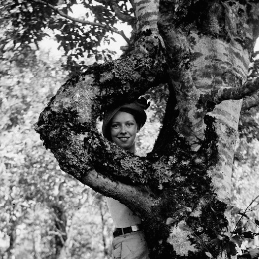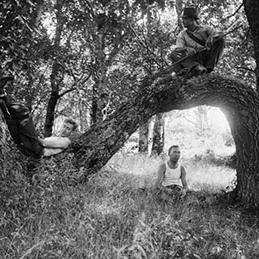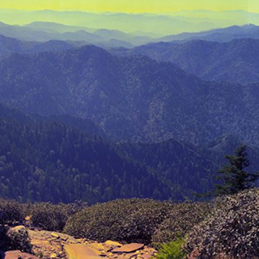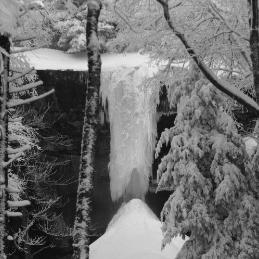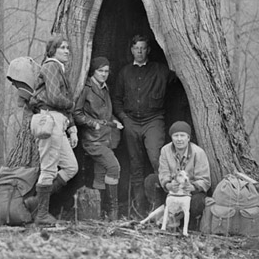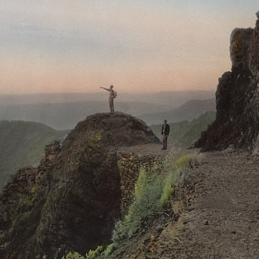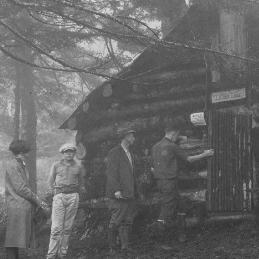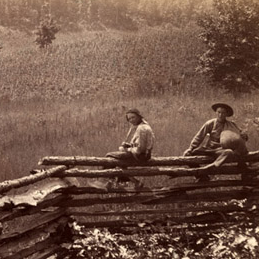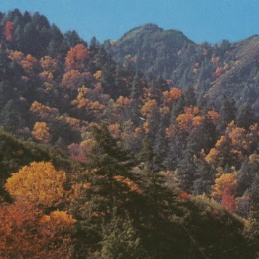Browse
A Comparison of Surface Impact By Hiking and Horseback Riding on Four Trail Surfaces in Great Smoky Mountains National Park In Management Report. Gatlinburg, TN: U.S. Department of the Interior, National Park Service , 1978.
"Net Production of Heath Balds and Forest Heaths in the Great Smoky Mountains." Ecology 44, no. 1 (1963): 176-182.
"Forest Dimensions and Production in the Great Smoky Mountains." Ecology 47, no. 1 (1966): 103-121.
"Evolution and Measurement of Species Diversity." Taxon 21, no. 2/3 (1972): 213-251.
"Vegetation of the Great Smoky Mountains." Ecological Monographs 26, no. 1 (1956): 1-80.
Letter from Robert Whittaker to Arthur Stupka on Blueberries. Gatlinburg, TN, 1949.
"Leaf Characteristics and Chlorophyll in Relation to Exposure and Production in Rhododendron Maximum." Ecology 43, no. 1 (1962): 120-125.
"Net Production of Heath Balds and Forest Heaths in the Great Smoky Mountains." Ecology 44, no. 1 (1963): 176-182.
"Estimation of Net Primary Production of Forest and Shrub Communities." Ecology 42, no. 1 (1961): 177-180.
"Net Production Relations of Shrubs in the Great Smoky Mountains." Ecology 43, no. 3 (1962): 357-377.
Productivities of Plant Communities in the Great Smoky Mountains In Annual Report on Research Project G-13159. New York: National Science Foundation, 1962.
Black Bear Management In Great Smoky Mountains National Park. Gatlinburg, TN: U.S. Department of the Interior, National Park Service, 1977.
"A Study of Summer Foliage Insect Communities in the Great Smoky Mountains." Ecological Monographs 22, no. 1 (1952): 1-44.
The Glass Flame. Garden City, NY: Doubleday, 1978.
"The Mountains Will Always Nourish Individualism." Colorful Great Smoky Mountains 1, no. 1 (1967): 10-12.
"Monitoring Vegetation and Rare Plant Populations in US National Parks and Preserves." In The Biological Aspects of Rare Plant Conservation, edited by Hugh Synge, 265-278. New York: John Wiley & Sons Ltd. , 1981.
"Military Pensions." Smoky Mountain Historical Society Newsletter 11, no. 4 (1985): 100-101.
"The Architecture of Devil's Walking Stick, Aralia Spinosa (Araliaceae)." Journal of the Arnold Arboretum 65 (1984): 404-418.
Lterm: Long-term Monitoring and Research in Great Smoky Mountains National Park: Vegetation Monitoring and an Assessment of Past Studies In Technical Report. Chapel Hill, NC: North Carolina Botanical Garden; Department of Biology, University of North Carolina, 1993.
A spatial analysis of management techniques used on nuisance black bears in Great Smoky Mountains National Park, USA (1990-2015) In Department of Geography. Vol. Master of Science in Geography. Tuscaloosa, AL: The University of Alabama, 2016.
"After Preservation: Philosophical and Practical Problems of Change." Biological Conservation 18, no. 4 (1980): 241-255.
The Flora of Great Smoky Mountains National Park: An Annotated Checklist of the Vascular Plants and a Review of Previous Floristic Work. Uplands Field Research Laboratory, 1982.
"Forward." Southeastern Naturalist 6, no. sp2 (2007): 1-26.
"Remote Sensing and Landscape Pattern in Great Smoky Mountains National Park Biosphere Reserve, North Carolina and Tennessee." In Coupling of Ecological Studies with Remote Sensing: Potentials at Four Biosphere Reserves in the United States, 52-70. Washington, D.C.: U.S. Man and the Biosphere Program, Department of State, 1986.



